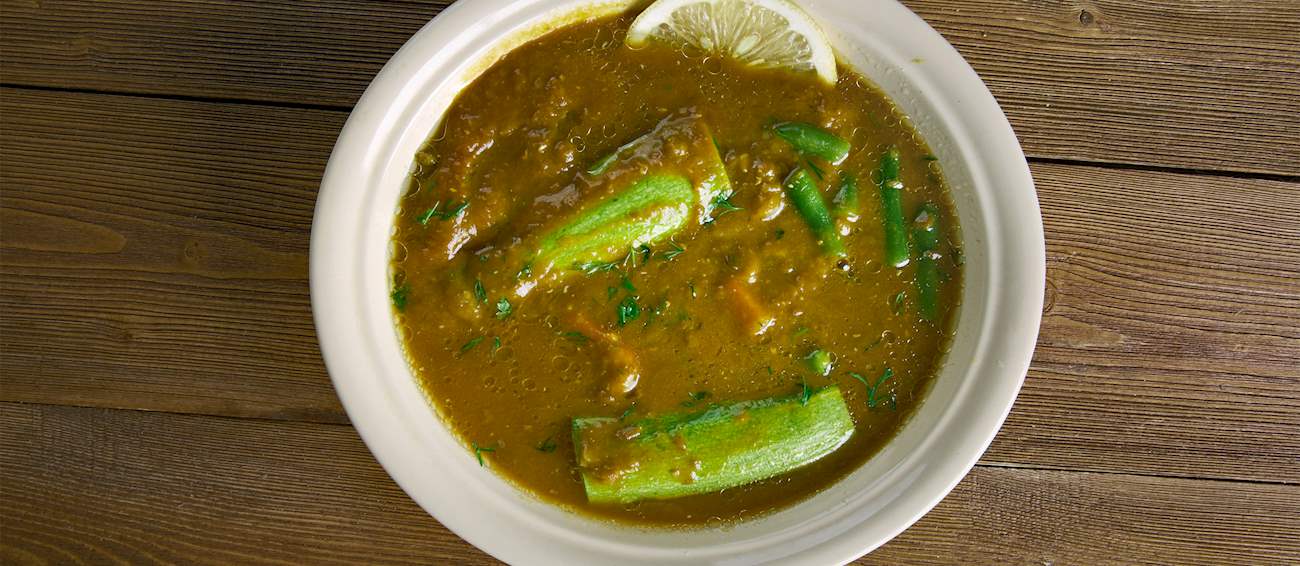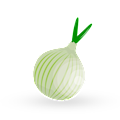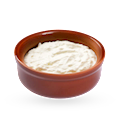Believed to have its roots in the Moghul era, dopiaza is a traditional curry that is based on chunks of meat simmered in a creamy and spicy yogurt gravy with onions. The name of this dish translates to two onions or double onions, referring to the specific method of preparation which calls for using fried onions at one stage, and raw, chopped onions at another stage of the cooking process.
Chicken, lamb, mutton, or even fish can be used in this curry along with plain yogurt, onions, ginger, garlic, and spices such as turmeric, cumin seeds, coriander seeds, chili powder, garam masala powder, and cilantro leaves. Dopiaza can also be made without meat, using vegetables such as okra instead of the meat.
This South Indian dish is a lentil stew made by simmering split lentils with a variety of spices, which are then mashed and cooked either with vegetables (such as bottle gourd) or with chunks of meat (most commonly lamb, mutton or chicken) in an aromatic broth.
Typical ingredients used in the preparation of this dish include onions, garlic and ginger paste, tomatoes, green chilis, and spices such as coriander, cumin, turmeric, cardamom, red chili powder, curry leaves, and cloves. Dalcha is typically enhanced with tangy tamarind and spices such as cumin seeds, mustard seeds, garam masala powder, garlic, and red chilis, and it is usually eaten piping hot either as a main course or a side, accompanied by Indian bread.
Mirchi ka salan is a variety of curry hailing from Hyderabad. It's made by simmering fried mild green chilis in a piquant mixture of peanuts, coconut, fried onions, sesame seeds, ginger and garlic paste, and a variety of spices. The curry is usually enhanced with a variety of spices and tamarind or lemon juice for an extra kick of tanginess.
Typical spices used in the preparation include chili powder, cumin seeds, coriander seeds, mustard seeds, turmeric, curry leaves, fenugreek seeds, and nigella seeds. Mirchi ka salan is typically consumed warm with fresh coriander leaves on top, and it is an excellent accompaniment to Hyderabadi biryani or plain rice, but it can also be paired with naan, roti, or other types of Indian bread on the side.
Hyderabadi haleem is an Indian savory stew originating from Hyderabad, where it was brought over by the Chaush people during the rule of the Nizams. The dish is made with meat, lentils, and wheat, and it's usually slow-cooked in a single pot overnight.
Mutton, beef, and goat are traditional choices, but chicken can also be used. Cracked wheat and pearl barley are often used as grains, while spices and herbs used in Hyderabadi haleem often include garam masala, turmeric, cumin, coriander, mint, and black pepper.
TasteAtlas food rankings are based on the ratings of the TasteAtlas audience, with a series of mechanisms that recognize real users and that ignore bot, nationalist or local patriotic ratings, and give additional value to the ratings of users that the system recognizes as knowledgeable. TasteAtlas Rankings should not be seen as the final global conclusion about food. Their purpose is to promote excellent local foods, instill pride in traditional dishes, and arouse curiosity about dishes you haven’t tried.












